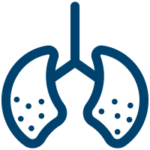
10,700,000

2,400,000

1,23,000
WHAT IS TUBERCULOSIS

WHO IS AT RISK?
People with a weak or compromised immune system such as young children and elderly people, persons living with HIV, and the malnourished are at the highest risk of contracting tuberculosis. Over 95% of TB deaths occur in low and middle-income countries making it a disease of poverty.
TRANSMISSION
Tuberculosis is transmitted through the air when people with active-TB cough, sneeze or spit. Only a few of these germs are needed to infect other people. The closer and more frequent the contact, the higher the chance of contracting the disease. People with active-TB can infect up to 15 other people per year.
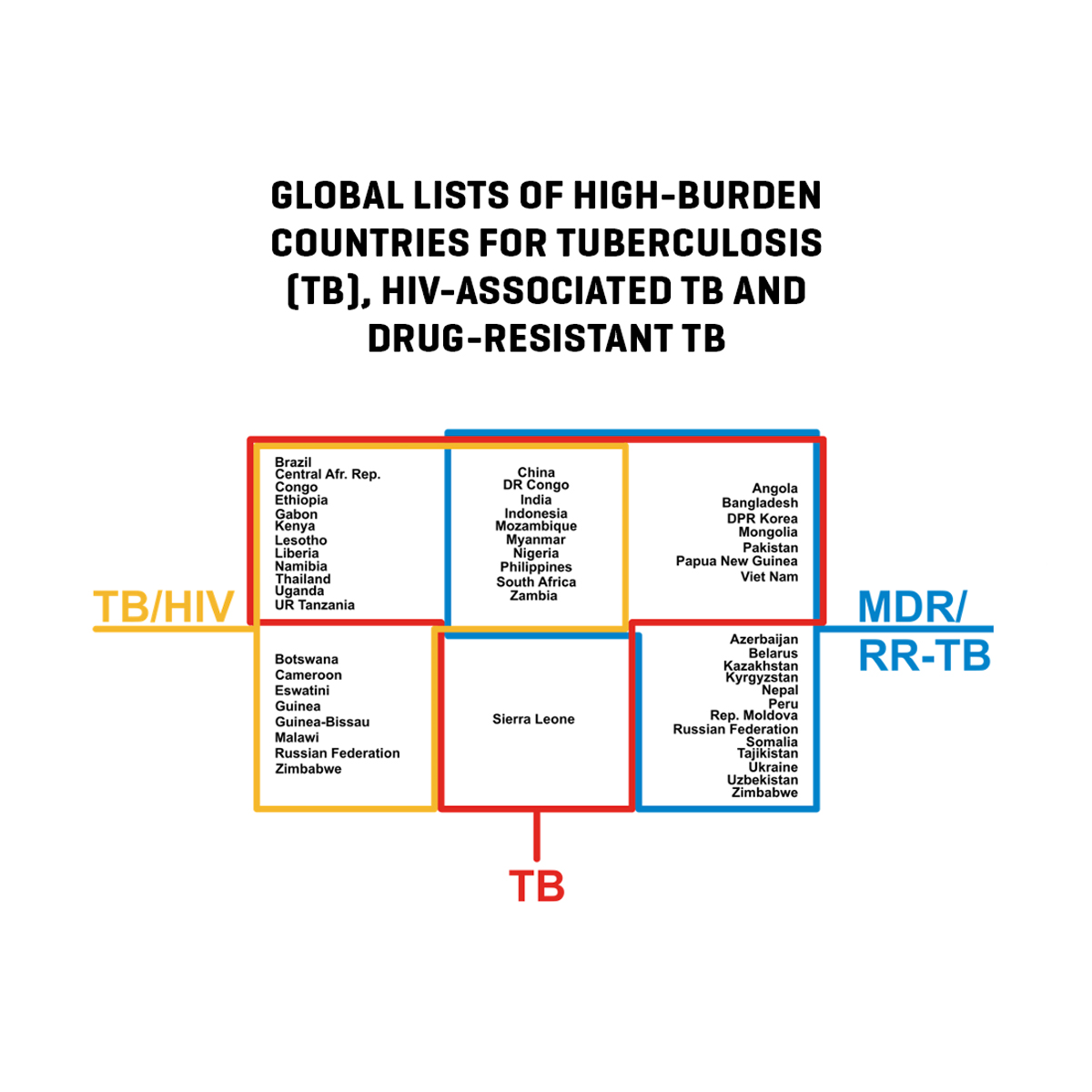
GLOBAL TUBERCULOSIS
UNDIAGNOSED
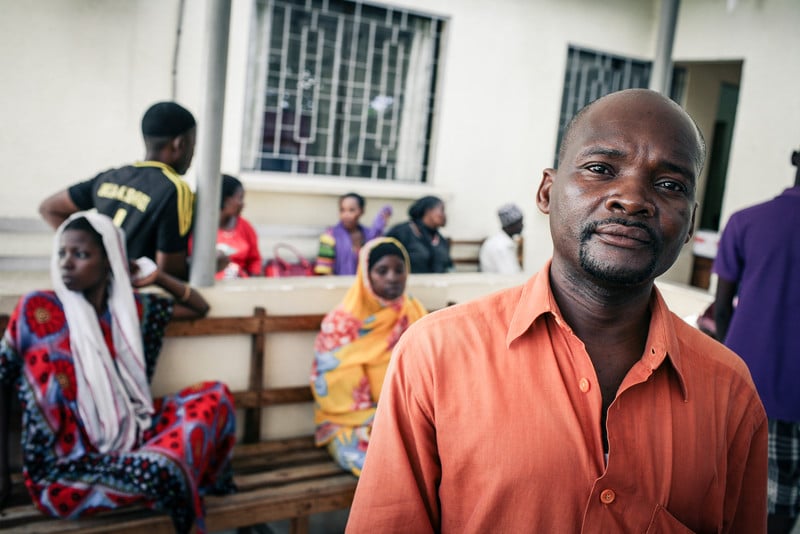
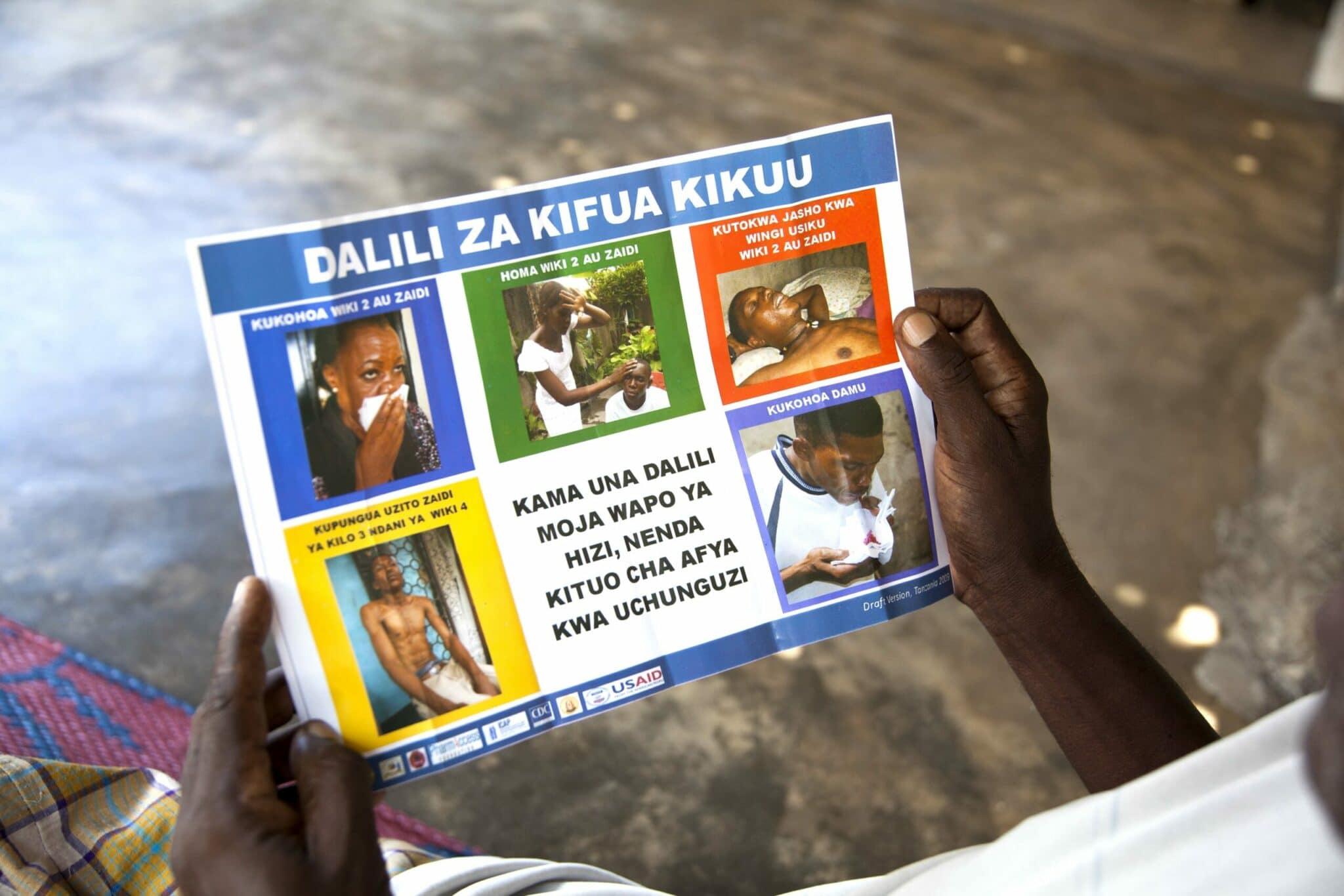
GLOBAL GAP, MILLIONS MISSED
THE TB VICIOUS CYCLE
Tuberculosis is a “disease of poverty” that often results in economical challenges for entire households. The breadwinner may have to stop work in order to convalesce and children may be too sick for school or taken out of education for caregiving or work. A cycle of debt and disrupted education can be created from which many households never recover, staying vulnerable to re-infection from tuberculosis.
APOPO'S TB-DETECTION RESEARCH
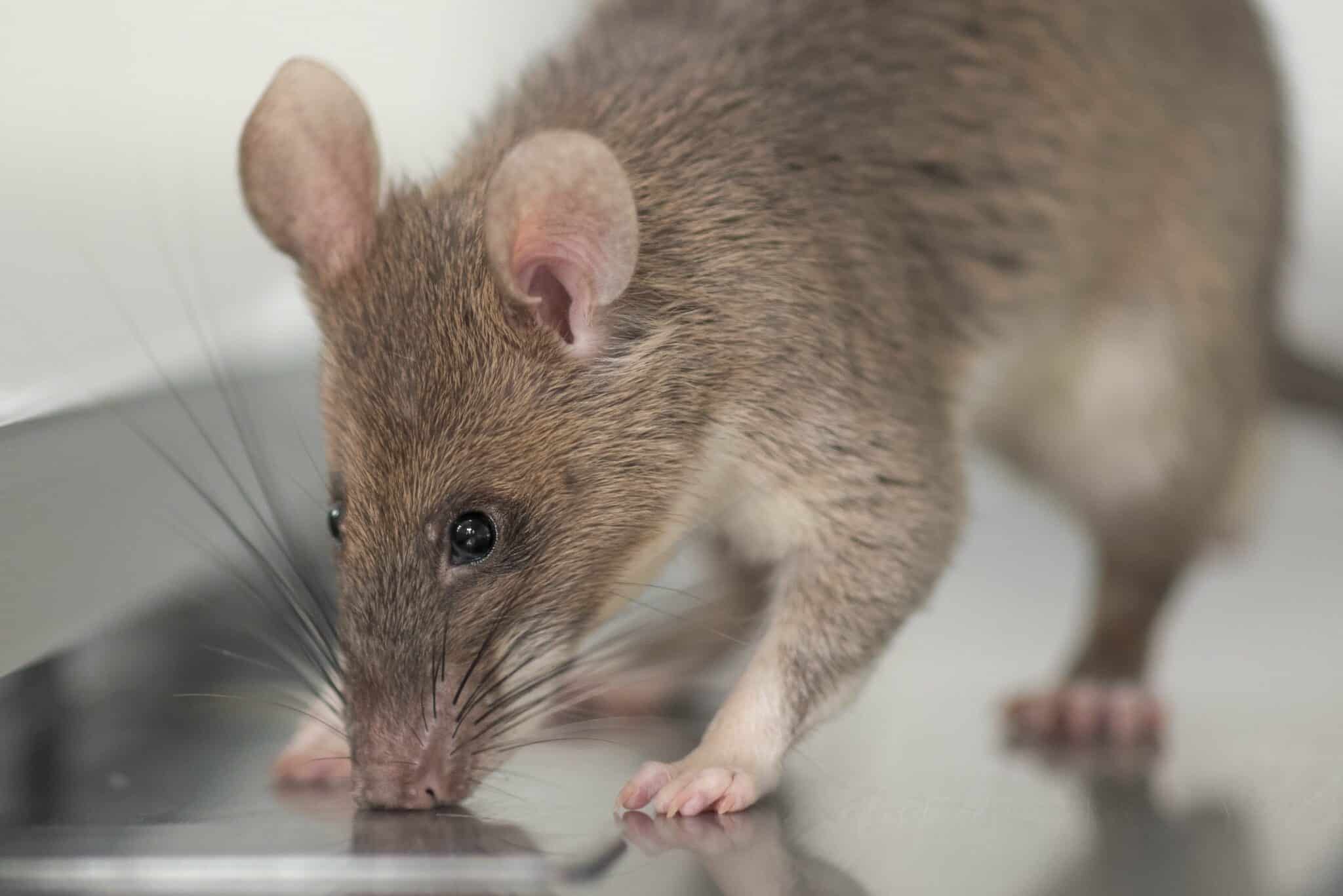
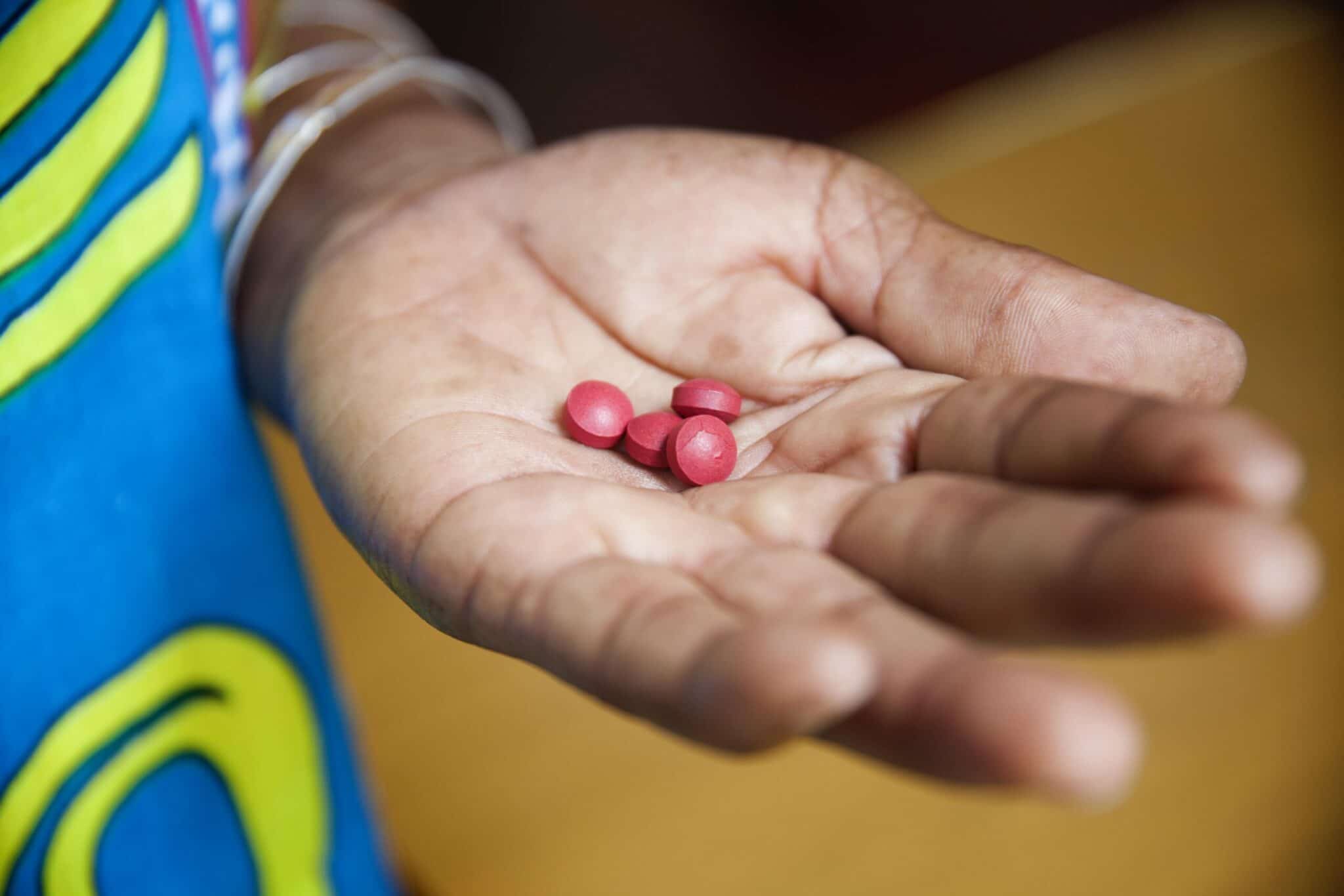
EASY TO TREAT
STORIES: SHARIFA
During her pregnancy with Ramadhani, Sharifa fell sick with an unknown illness that the clinics couldn’t diagnose. Read how APOPO identified her TB.
